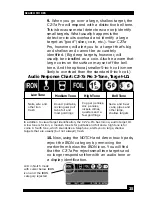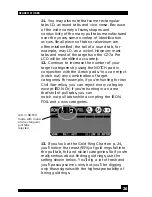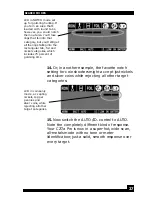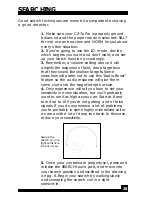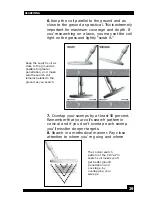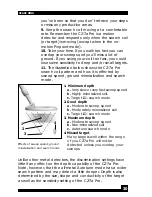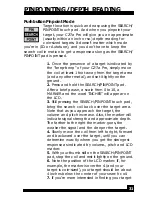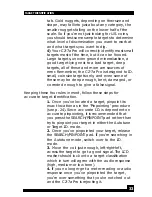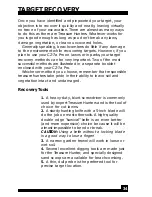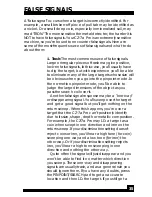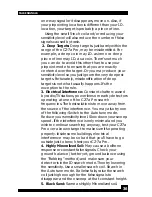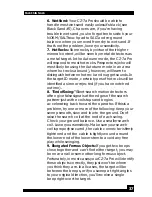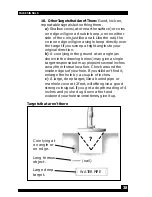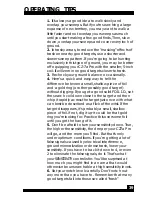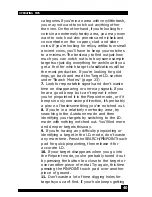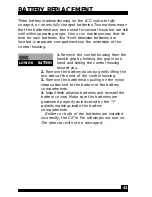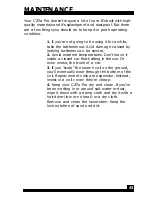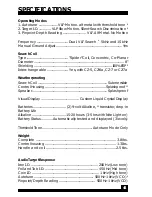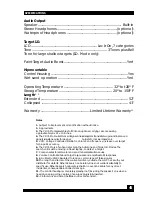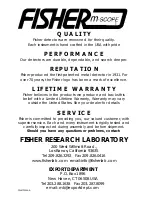
6. Wet Sand:
Your CZ-7a Pro should be able to
handle most wet sand easily unless it's black (see
Black Sand #5). Chances are, if you're having
trouble in wet sand, you've forgotten to switch your
NORM/ SALT touch pad to SALT and re-ground
balance when you moved from dry to wet sand. If
that's not the problem, lower your sensitivity.
7. Hot Rocks:
Some rocks, by virtue of their higher
mineral content, will be seen by metal detectors as
a metal target. In the Autoune mode, the CZ-7a Pro
will respond to most hot rocks. Prospectors (who will
most likely be using the Autotune mode in an area
where hot rocks abound), however, will learn to
distinguish between hot rock and nugget sounds. In
the target ID mode, certain types of hot rocks will be
identified as iron or rejected (if you have notched
out iron).
8. "End of Swing:"
Silent-search motion detectors
often give false signals at the edges of the search
pattern-just as the coil stops and begins
accelerating back toward the operator. If this is a
problem, try one or more of the following: Keep your
sweep smooth, slow and low to the ground. Don't
raise the search coil at the end of each swing.
Check your ground balance. Use a smaller search
coil. Lower your sensitivity. Make sure your search
coil is properly secured, the cable connector is firmly
tightened and the cable is tightly wound around
the lower end of the lower stem to avoid any free
play while swinging.
9. Elongated Ferrous Objects:
If you get two beeps
close together and can't find either target, you may
be near a nail or some other long ferrous object.
Fortunately, in most cases your CZ-7a Pro will identify
these objects correctly, they just won't be where
you think they are. In all cases, the target will be
between the beeps, or if you sweep at right angles
to your original direction, you'll receive a single
beep right over the target.
FALSE SIGNALS
37



